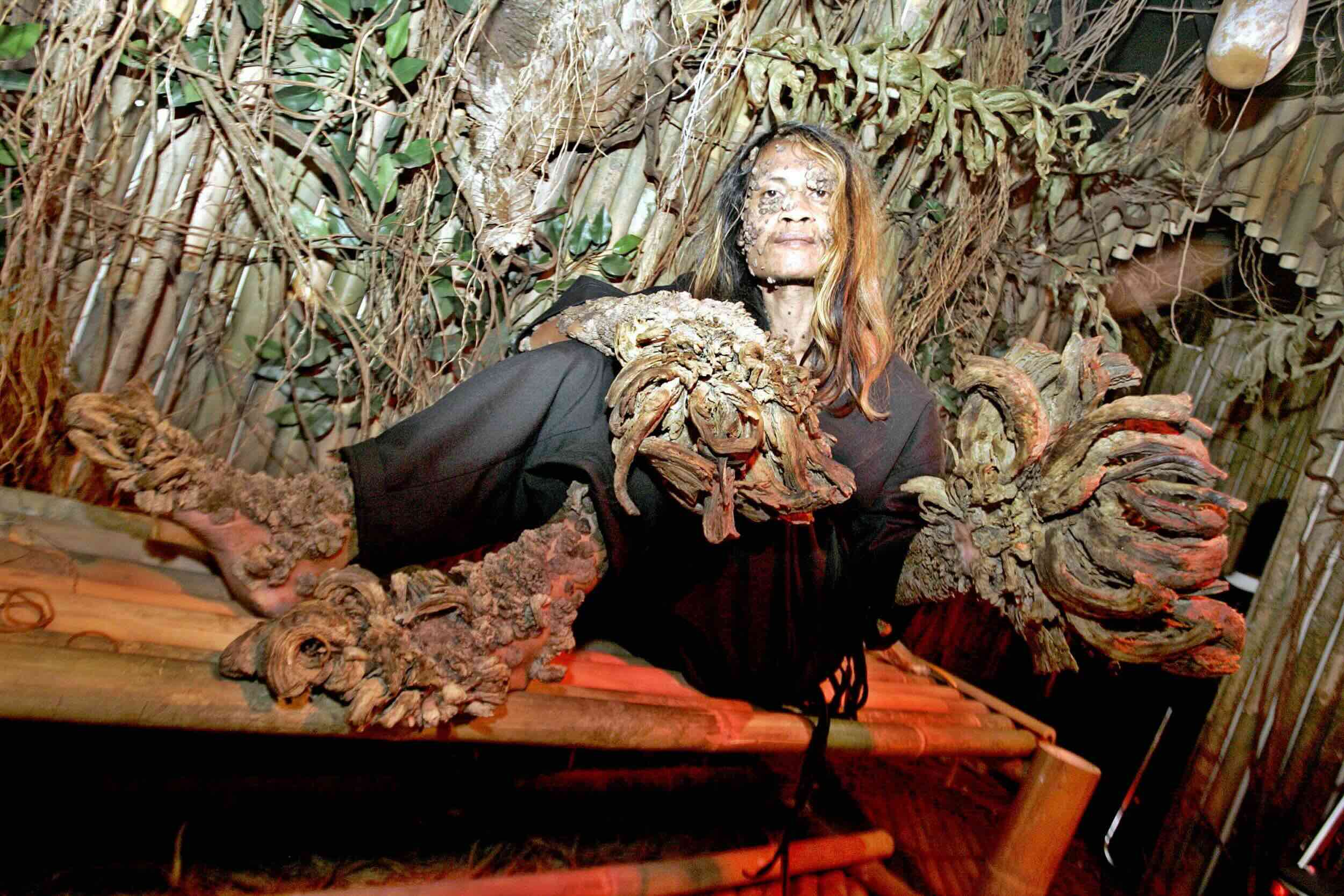
Lewandowsky–Lutz dysplasia, also known as epidermodysplasia verruciformis, is a rare genetic disorder that causes skin growths resembling tree bark. These growths, often referred to as "tree man syndrome," result from a heightened susceptibility to human papillomavirus (HPV). Imagine having warts that spread uncontrollably, covering large areas of your body. This condition can be both physically and emotionally challenging. Lewandowsky–Lutz dysplasia is inherited in an autosomal recessive manner, meaning both parents must carry the gene for a child to be affected. Treatment options are limited, focusing mainly on managing symptoms and preventing complications. Understanding this condition can help raise awareness and support those who live with it.
Key Takeaways:
- Lewandowsky–Lutz Dysplasia, also known as "Tree Man Syndrome," causes bark-like skin growths due to a rare genetic disorder. Only about 200 cases reported worldwide, and it's crucial to monitor for cancerous changes.
- While there's no cure for Lewandowsky–Lutz Dysplasia, treatments like topical solutions and surgical removal can help manage symptoms. Sun protection and psychological support are crucial for individuals living with this condition.
What is Lewandowsky–Lutz Dysplasia?
Lewandowsky–Lutz Dysplasia, also known as Epidermodysplasia Verruciformis (EV), is a rare genetic disorder. It causes skin growths that resemble tree bark. This condition is both fascinating and mysterious.
- Lewandowsky–Lutz Dysplasia is named after the doctors who first described it in 1922.
- The disorder is often called "Tree Man Syndrome" due to the bark-like warts that cover the skin.
- EV is caused by a mutation in either the EVER1 or EVER2 genes.
- People with EV are highly susceptible to human papillomavirus (HPV) infections.
- The condition is extremely rare, with only about 200 cases reported worldwide.
Symptoms and Diagnosis
Understanding the symptoms and how doctors diagnose this condition is crucial. The symptoms can be quite striking and often lead to a diagnosis.
- Symptoms usually appear in childhood or early adulthood.
- The most common symptom is the development of flat, wart-like lesions on the skin.
- These lesions can turn into squamous cell carcinoma, a type of skin cancer.
- Diagnosis often involves a skin biopsy to examine the lesions.
- Genetic testing can confirm mutations in the EVER1 or EVER2 genes.
Treatment Options
While there is no cure for Lewandowsky–Lutz Dysplasia, various treatments can help manage the symptoms. These treatments aim to reduce the size and number of lesions.
- Topical treatments like salicylic acid can help reduce warts.
- Cryotherapy, which involves freezing the lesions, is another option.
- Surgical removal of larger lesions can be effective but may not prevent new ones from forming.
- Retinoids, which are vitamin A derivatives, can sometimes help.
- Interferon therapy has been used in some cases to boost the immune system.
Living with Lewandowsky–Lutz Dysplasia
Living with this condition can be challenging. However, understanding how to manage daily life can make a significant difference.
- Regular skin checks are essential to monitor for cancerous changes.
- Sun protection is crucial as UV exposure can worsen the condition.
- Psychological support can help individuals cope with the social stigma.
- Support groups can provide a sense of community and shared experiences.
- Education about the condition helps in reducing misunderstandings and stigma.
Research and Future Directions
Ongoing research aims to find better treatments and possibly a cure. Scientists are continually learning more about this rare condition.
- Gene therapy holds promise for future treatments.
- Researchers are exploring the role of the immune system in managing EV.
- Studies are looking into new antiviral drugs that might help.
- Clinical trials are ongoing to test new treatment methods.
- Increased awareness and funding are essential for advancing research.
Final Thoughts on Lewandowsky–Lutz Dysplasia
Lewandowsky–Lutz Dysplasia, also known as Epidermodysplasia Verruciformis, is a rare genetic disorder. It causes wart-like lesions and increases the risk of skin cancer. The condition is linked to mutations in the EVER1 and EVER2 genes, which affect the body's ability to fight certain types of human papillomavirus (HPV).
People with this disorder often face social stigma due to their appearance. Treatment options include surgical removal of lesions, topical treatments, and antiviral medications. However, there's no cure yet.
Raising awareness about this condition can help reduce stigma and improve the quality of life for those affected. If you or someone you know shows symptoms, consult a healthcare professional for proper diagnosis and management. Understanding and empathy go a long way in supporting individuals with Lewandowsky–Lutz Dysplasia.
Frequently Asked Questions
Was this page helpful?
Our commitment to delivering trustworthy and engaging content is at the heart of what we do. Each fact on our site is contributed by real users like you, bringing a wealth of diverse insights and information. To ensure the highest standards of accuracy and reliability, our dedicated editors meticulously review each submission. This process guarantees that the facts we share are not only fascinating but also credible. Trust in our commitment to quality and authenticity as you explore and learn with us.
